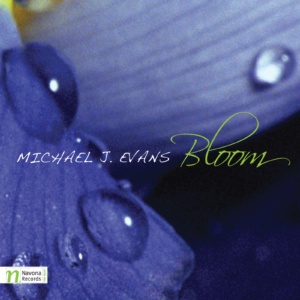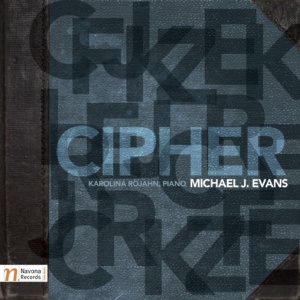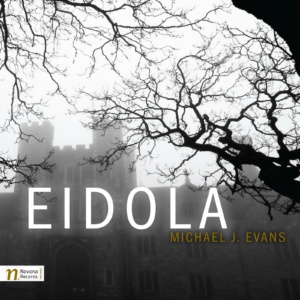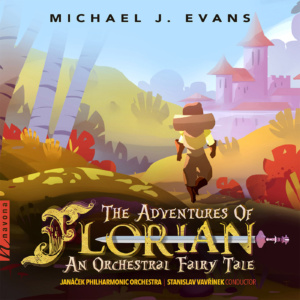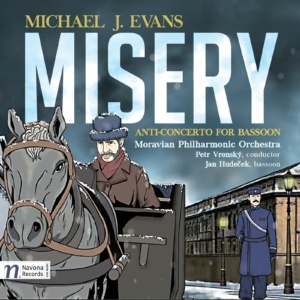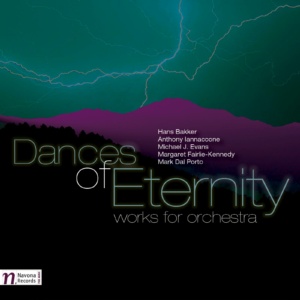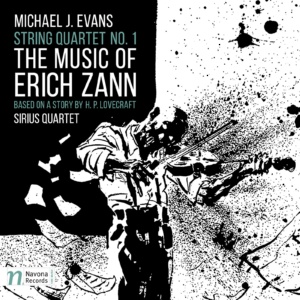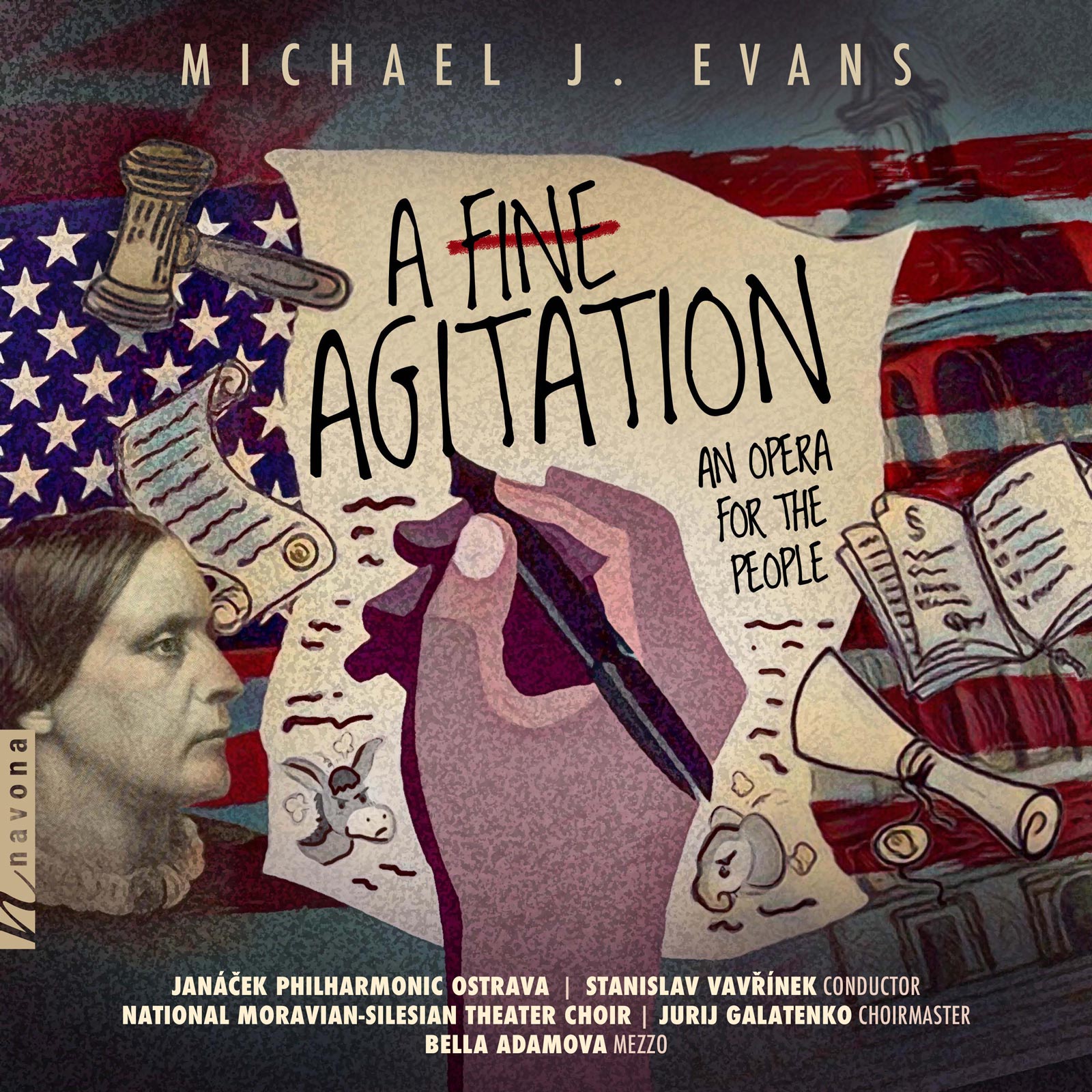piano
Short works for piano:
An ever-growing list of short pieces for solo piano.
Thaw 2011
Merci Sophie 2003
A short piece written for a friend as a thank you note for letting me stay with her in Paris. (0:57)
ALBUM: BLOOM
Piano Sonata in E flat Major 2003
A short piece in sonata-allegro form, inspired by the sonatas of Scarlatti (6:03)
ALBUM: BLOOM
Piano Sonata in D flat Major 2004
A short piece in sonata-allegro form, inspired by the sonatas of Scarlatti (3:51)
ALBUM: BLOOM
Piano Sonata in C Major 2004
A short piece in sonata-allegro form, inspired by the sonatas of Scarlatti (4:14)
ALBUM: BLOOM
Cipher Variations 2013
For piano and spoken word
This piece explores the relationships between words, music, and meaning. The piece was written at a time when translation software was much less accurate than today. A spoken word excerpt from Felix Mendelssohn, which has been translated to English with one software, the result then translated into another language with a different software, then back to English with another software, then to another language. The process is repeated, and the translation degrades with each successive translation. The words fade into a theme and variations, of a Mendelssohn Songs Without Words.
ALBUM: CIPHER
orchestra
Beethoven 6.1, A Dystopian Pastorale 2014
Beethoven 6.1 is a project that was created to bring together musicians and other artists in the common goal of using art to:
- Raise funds for environmental groups, and communities affected by climate change, resource extraction, mining/industrial spills, etc.
- Show the communal and environmental impact of environmental abuse and destruction
- Raise awareness of the destructiveness of unregulated or minimally regulated capitalism and the pitfalls of the commodification of everything
This work is a reimagining of Beethoven’s original landscape, altered to reflect the current sounds of environmental abuse and destruction.
Reunion 2021
For orchestra (7:23)
Composed to celebrate our return to social life post-Covid, the music begins at, and emerges from our experiences during lockdown, including the isolation and self reflection that was a major part of our world at that time For musicians, one of the biggest impacts of the pandemic was not being able to play together. Without being able to play together, there was no need to tune instruments to one another, and that is where the piece begins.
The opening sound is the oboe playing a tuning “A”, essentially a call to others, with no response. The members of the orchestra begin playing individually, unaware of the other players, while quotes about isolation are read. When the players realize they are not alone, they begin playing the “A” together.
A contrapuntal section in which the players and their respective sections begin introducing themselves and their characters, follows; like a group gathering where everyone becomes reacquainted. Once all the instruments have entered, they embark on a set of variations based on the drinking song, “Whisky in the Jar”.
The players and their respective sections within the orchestra are reintroduced, imitating the initial contrapuntal introduction, this time, in a salsa inspired variation. Whereas the initial entry of the players was chaotic, reflecting our initial awkwardness at coming together after isolation, the salsa variation is a dance, expressing our comfort in functioning within a group and finding our rhythm or groove again.
The piece concludes with music associated with some of the various celebrations and life events that were missed during lockdown: birthdays, weddings, graduations, etc.
The Adventures of Florian 2017
For orchestra (1:44:05)
This multimedia project is a fairy tale featuring a transgender hero and a gay prince. It represents LGBT characters in a positive light, and teaches the difference between gender identity and sexual orientation. The piece is scored for full orchestra, performed by the Janacek Philharmonic Ostrava and features the stunning illustrations of Apolline Etienne. Don’t forget to follow her on Facebook
ALBUM: THE ADVENTURES OF FLORIAN
The Haunted Palace 2009
For orchestra (23:14)
Based on the Edgar Allan Poe poem, and used as a metaphor for the decline of the U.S. during the George W. Bush administration.
ALBUM: EIDOLA
concerto
Concerto for Piano and Orchestra 2009
For piano and orchestra (27:00)
ALBUM: EIDOLA
Misery 2014
Anti-concerto for bassoon and orchestra (40:00)
This work is based on Anton Chekhov’s short story of the same name. The plot revolves around a Russian sled driver, (represented by the bassoon), whose son has recently died. The piece utilizes what is usually perceive of as a weakness in the bassoon: it’s ability to get swallowed up by the orchestra. The soloist must hold a single pitch for several minutes or longer multiple times throughout the work, using an incredibly difficult technique called circular breathing. This represents the idea that; when in the midst of grief, sometimes the most difficult thing to do is to stay present and keep breathing, even though it appears that the person is doing nothing, or fading into the background.
ALBUM: MISERY
small ensemble
2 Poems by Carl Sandburg 2014
(9 to 10 minutes)
These are musical interpretations of 2 Sandburg poems: “Lost” scored for: flute, clarinet, and vibraphone, and “Dreams in the Dusk”, scored for: violin, viola, and cello. This piece is essentially an extended cello solo with violin and viola playing tremolo throughout, (representing the dusk).
Into the Woods 2014
for flute, oboe, bassoon, percussion, harp, and strings (6:22)
This is a dance from an early attempt at a ballet. It is a dance to celebrate a festival where young people would go into the woods at night and seek a mate.
Performances:
Carnegie Hall, 04-15-2018
Subotičkoj Filharmoniji, Serbia 12-12-2019
ALBUM: DANCES OF ETERNITY
Sunshower 2007
for flute and piano (2:17)
The Prince Charming 2017
for flute, horn, bassoon, violin, viola, cello, piano, soprano 70:00
An English translation of the Renée Vivien’s famous lesbian love story serves as the libretto for this opera for solo soprano and chamber ensemble.
The Story of an Hour 2016
for oboe, clarinet, horn, cello, percussion, marimba, piano (23:00)
A composition based on a short story by Kate Chopin.
Trio No. 2 2007
for flute, cello, piano (19:44)
Inspired by walks along the Potomac and tow path of the canal
ALBUM: BLOOM
string quartet
String Quartet 1, The Music of Erich Zann 2015
for string quartet (1:10:57)
This work is based on the H. P. Lovecraft story, and specifically composed for electric string quartet. Looper, octaver, and reverb pedals are combined alternately with traditional acoustic playing to convey the otherworldly sounds described in the story.
ALBUM: STRING QUARTET NO. 1
THE MUSIC OF ERICH ZANN
opera
A Fine Agitation 2018-2021
(2:40:00) The title for this work, an opera in 2 acts, is derived from one of Susan B. Anthony’s letters to Elizabeth Cady Stanton, regarding her voting in an election on November 5th 1872. In it she states, “we are in for a fine agitation on the question”.
Scheduled for recording in November of 2022, the first act is based on Susan B. Anthony’s letters and journal entries regarding her voting, subsequent arrest, and trial.
The original and complete trial transcript of the trial serves as the libretto for Act 2 of this work.
ALBUM: A FINE AGITATION
protest music
A Musical Statement on the Transformation of Our Democracy into an Oligarchy 2025
I’ve created a composition that is not only a musical statement on the transformation of our democracy into an oligarchy, but it is also built to be a fundraiser for causes and organizations to help fight this transformation. I’m publishing the score here and it is free to use.
Overview:
The piece can be performed by any group of any size. You will need a score and parts of the Star Spangled Banner. The larger the group, the greater the potential to raise more money.
Here is the Score:
The fundraising aspect is first: every note of the piece is for sale. This represents the selling off of our democracy. This would have to be set up with the announcement of the concert. Notes, phrases, etc. could be purchased. Whatever was purchased must be cut from the score.
How you sell and package this is up to you. You could offer price points for one note, a phrase, an entire part, (violin, flute, etc.), and for whatever is bought, you could offer various tiers of how the person would receive their purchase:
- Electronic
- Performed and recorded
- Hand engraved
- On a T-shirt, mug, tote, etc.
For high-end donors, possibly a private performance of the notes they bought with dinner or something. The possibilities are endless. Once the window for purchases closes, the final score for performance will be only the notes and parts that have not been purchased. If everything has been purchased, when people show up, they should be seated and the group should not play for the duration of the original work.
If you have any questions please feel free to contact me.
13 Seconds 2019
for spoken word with audience participation (duration: indefinite)
This work was created as a way to acknowledge and confront the words of hate, bigotry, and intolerance, and dissolve them with the music of love. The inspiration for the piece was the chants of “send her back” that occurred at a campaign rally on July 17, 2019, and the sexist and homophobic text messages of the Governor of Puerto Rico.
It is a piece that can be performed anywhere, by any group, without the need for specialized musical training or equipment. The concept is simple: by chanting or speaking the hateful words, we acknowledge that they and the hate exist. It is only through accepting the problem, (in this case, the existence of hate) that we can then resolve it.
The resolution comes in the form of singing the word “Love”. Although the chanting is performed only by the performing group, the singing of the word “Love” incorporates the audience as well, to represent the concept that love is universal and more powerful than hate. The words only last for 13 seconds each, while the singing continues for at least 2 minutes and 49 seconds, (13×13) and possibly indefinitely, since love should be limitless.
